Whether it’s flip-flops, wedges or sandals
you’ll be wearing this summer, protect your feet and body with these expert
tips.
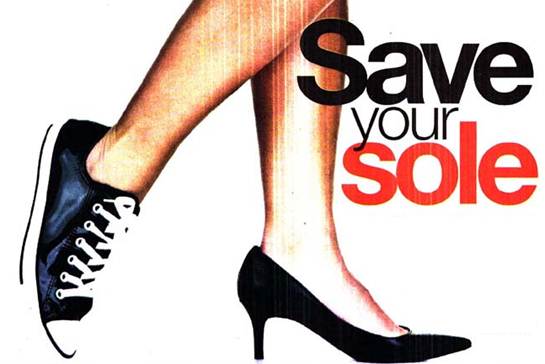
If you’ve been hiding your feet in boots
and trainers for most of winter, you might be relishing the thought of
reuniting them with summer wedges, flip-flops and sandals. But did you know you
could be putting your feet, muscles and bones at risk just to conform to the
latest fashions? ‘Our feet aren’t supposed to hurt,’ says Dave Wain, podiatrist
for Carnation Footcare. ‘It’s neglect, lack of awareness of appropriate care
much linked to your health, so follow our summer footwear guide to minimize
pain and maximize your style.
High heels
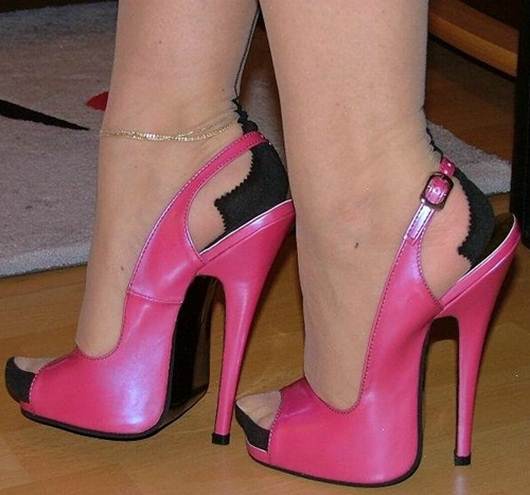
Health effects: Numbness or pain in your feet is never a good sign, but by putting
pressure on the digital nerves in the ball of your foot, skyscraper heels can
cause painful inflammation, called metatarsalgia. Wearing high heels,
especially those with pointed toes, can also result in bunions. They force your
foot, and your weight, to slide forward, which rubs and puts constant pressure
on your toe joint. And heels cause your calf muscles to shorten and lose
elasticity, making it painful to walk barefoot.
Solution:
Wear high heels in moderation – once or twice a week to minimize damage to your
feet – and try wearing a variety of heel heights to keep your muscles flexible.
A thicker heel, not a stiletto, will spread the pressure across your foot and
help prevent twisted ankles.
Wedges
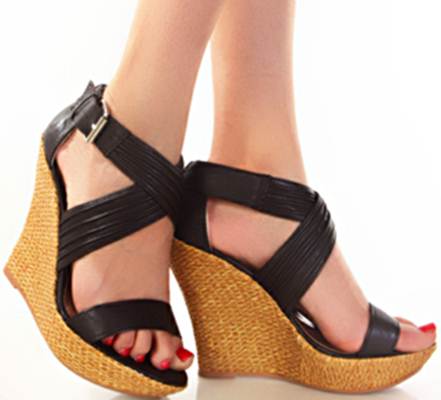
Healthy effects: Twisted ankles are common if you wear wedges, because the chunky
heel affects your balance. High wedges can result in corns and callouses on the
ball of your foot, and chronic stress in that area has been known to result in
hairline fractures in the toes.
Solution:
Wedges aren’t all bad. A pair with a heel that’s roughly 1.5 inches high can be
one of the better summer footwear choices. The wedge spreads pressure more
evenly across your foot and heel, and ankle straps will give extra support.
Ballet pumps
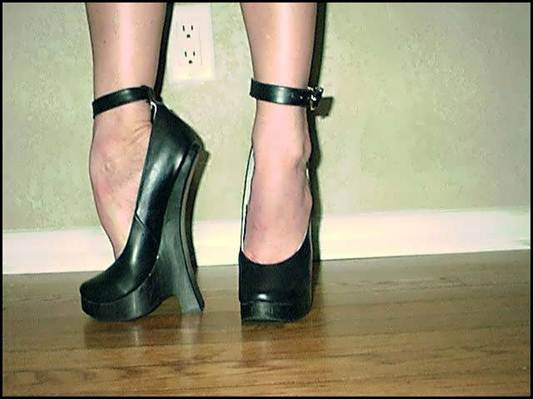
Health effects: Flat shoes strain the backs of your legs and ankles, because they
overstretch your calf muscle. They also offer very little to no support for the
arch of your foot, and the thin soles offer no cushion, which will pull
uncomfortably on your Achilles’ tendon. These ill-fitting shoes slip off your
feet easily, causing clawed toes as you use your toes to ‘grab’ the ground to
keep them on while you walk. Some people even resort to buying ballet pumps in
smaller sizes just so they stay on! Long-term effects include a flattened,
which can cause problems with your ankles, lower back and hips – all of which
affect your overall posture.
Solution:
Slip a Scholl Party Feet Invisible Gel Cushion into your shoe to increase
cushioning.
Fashion trainers
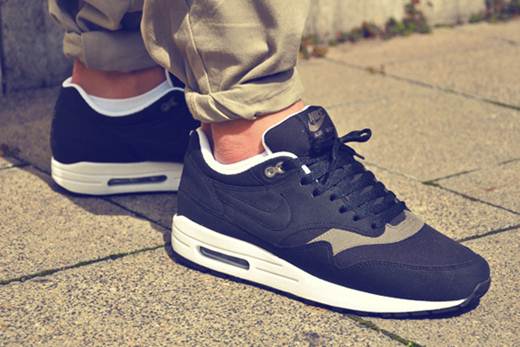
Health effects: While these plimsolls are the height of casual fashion, they have
no support for your heels or arches. Lack of support between your heel and toes
can cause a condition called plantar fasciitis, where the connective tissue
running under your foot become inflamed. The upper fabric, usually canvas, does
not encase the foot securely, nor allow your feet to breathe, creating the
perfect environment for bacteria to grow. These shoes should never be worn for
sport or at the gym.
Solution: If
you can, change the insole for one with arch support. Also, Carnation Footcare
Silversock socks eliminate 99.9 per cent of bacteria, thanks to the pure silver
fibres in the material. The thermodynamic material also keeps and helps to
prevent blisters.
Flip-flops
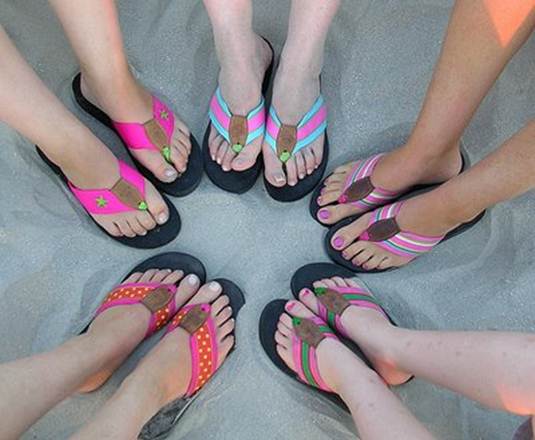
Health effects: Cracked heels are a big problem when wearing these summer
must-haves. Fat in the heel is spread sideways, putting pressure on the skin
which causes cracking. Lack of support means painful shin splints are a risk,
caused by your foot rolling inwards (overpronation). For the same reason,
flip-flop wearers also have a shorter stride length, which can cause pain in
the hips. Flip-flops offer no protection for toes or your upper foot, so anyone
with diabetes or circulatory problems needs to take extra care of their feet
when earing flip-flops, as cuts and grazes can lead to infection.
Solutions:
Wear flip-flops for short periods of time only. Use Scholl Cracked Heel Repair
Cream K+. This cream promises visible results in just three to seven days, and
will help to reduce discomfort and prevent infection. Opt for flip-flops with
memory foam soles and built-in arch support.